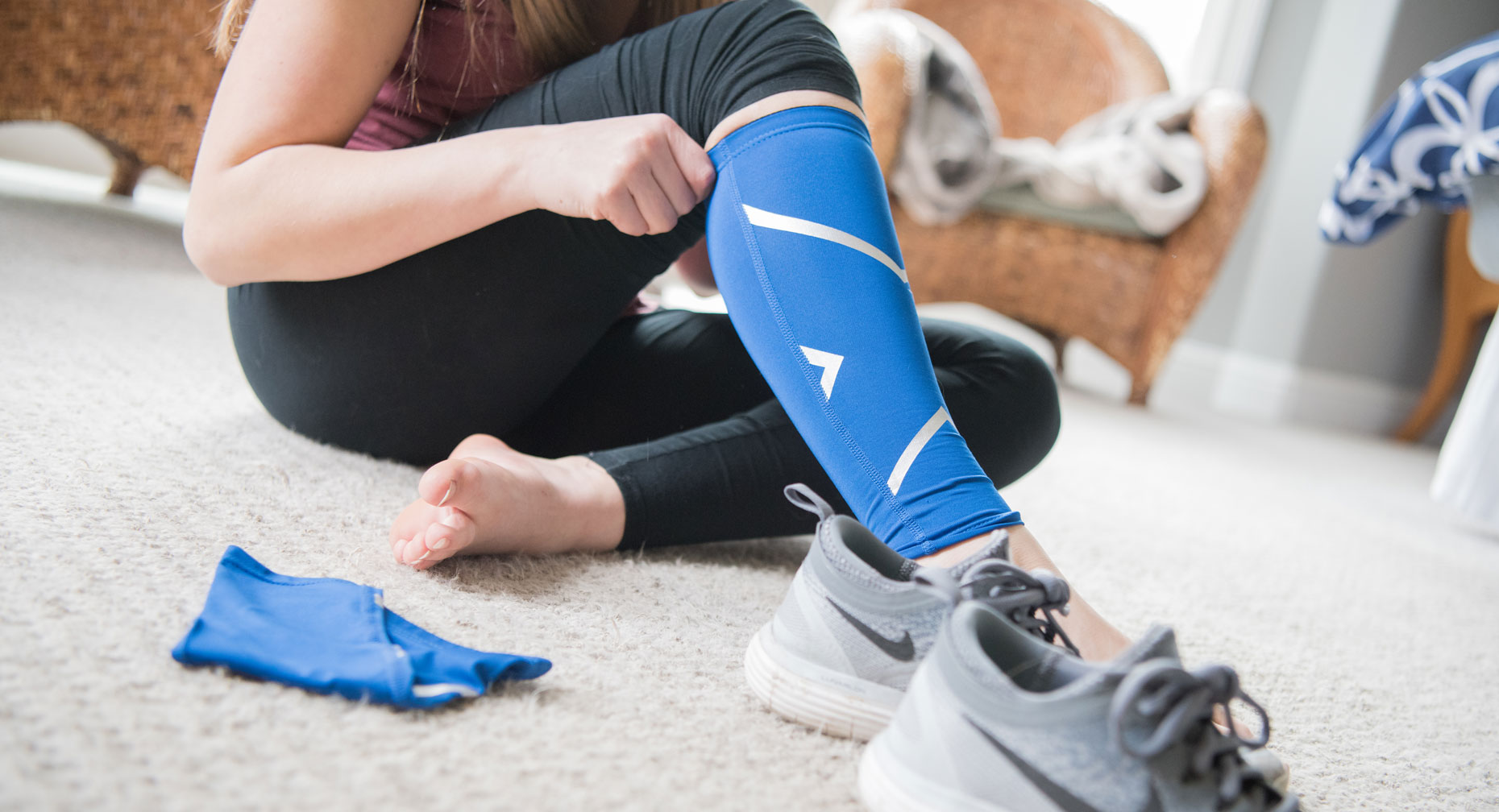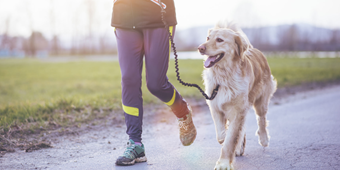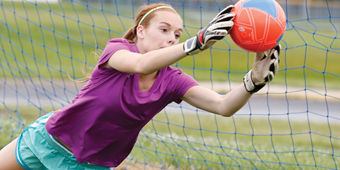Do Compression Garments Squeeze Out Better Performance?

Find Your Perfect Match
Answer a few questions and we'll provide you with a list of primary care providers that best fit your needs.
Physicians commonly prescribe compression stockings for patients with medical conditions that impede blood flow in their legs and raise the risk of blood clots.
But what if you’re active? Say, an athlete? Or you have a full-time job that requires a lot of sitting or time on your feet? Can compression garments help you?
Many athletes embrace compression socks’ form-hugging nature. They claim compression tights and other compression garments boost their performance – and aid in recovery. Do they live up to this endorsement?
"In theory, compression garments improve blood flow/circulation, which will provide more oxygen and nutrients to the compromised area,” says Luke Polley, MSAT, ATC, CSCS, athletic trainer at the Sport and Human Performance Program at Miami Valley Hospital South. “There has also been some research claiming that they help with post-workout soreness and swelling."
Inconclusive Benefit for Athletes
But Polley says that research has been inconclusive, at best, in proving a performance benefit, blurring the lines between benefits and a placebo effect.
He adds that while he has not seen athletes he works with improve race times wearing compressions garments, some have reported post-race benefits. "Some athletes have told me that they like the use of compression to help with post-race fatigue, and others have said they do not see a difference."
"I would not advise against or advise for the use of compression garments," Polley says. "I tell my patients that if they feel better from compression garments, then continue to use them, because there is no evidence that compression has a negative effect. So, if compression makes you feel better, go for it."
Polley cautions that compression garments should not be so tight they restrict natural movement. Too-tight garments can, over time, create problems.
For weight lifters, he advises, "The use of compression around the abdomen and lower back (a weight-lifting belt) can protect muscles in those areas from injury. But lifters should avoid using a weight belt for every single lift, as it will cause the abdominal and lower back muscles to atrophy and increase the risk of injury."
He recommends warming up without a belt and wearing one only for heavy compound lifts such as squats and deadlifts.
While he has not seen athletes he works with improve race times wearing compressions garments, some have reported post-race benefits.
Compression Garments on the Job

But you don’t have to be an athlete or a patient being treated for restricted blood flow in your legs to use or benefit from compression garments.
If your job requires you to sit (like a pilot or office worker) or stand (like a nurse or factory assembler) for prolonged periods, you may find that compression stockings bring you comfort – even if they don’t provide a health benefit.
Sitting or standing for long periods forces veins to work harder to pump blood to your heart. Compression socks help prevent varicose veins from forming. They gently compress arteries and veins on the surface of your legs, helping the valves in your veins more efficiently pump blood back to your heart, against gravity.
Ask your health care provider if compression stockings could help you at work. And if you think you might benefit from compression garments, it’s easy to experiment with varieties you can buy in a drug store.
Compression garments have a proven benefit if you’ve been diagnosed with conditions that restrict blood flow in your legs such as chronic venous insufficiency (CVI). With this condition, damaged valves in leg veins impede blood flow back to the heart. They also help prevent deep vein thrombosis (DVT), formation of blood clots in your legs when you’re on bed rest after surgery or inactive for other reasons.
Find Your Perfect Match
Answer a few questions and we'll provide you with a list of primary care providers that best fit your needs.
Source: Luke Polley, MSAT, ATC, CSCS, athletic trainer, Miami Valley Hospital South; Medline Plus; Healthline; Podiatry Today; Berkeley Wellness; The Sport and Exercise Scientist





